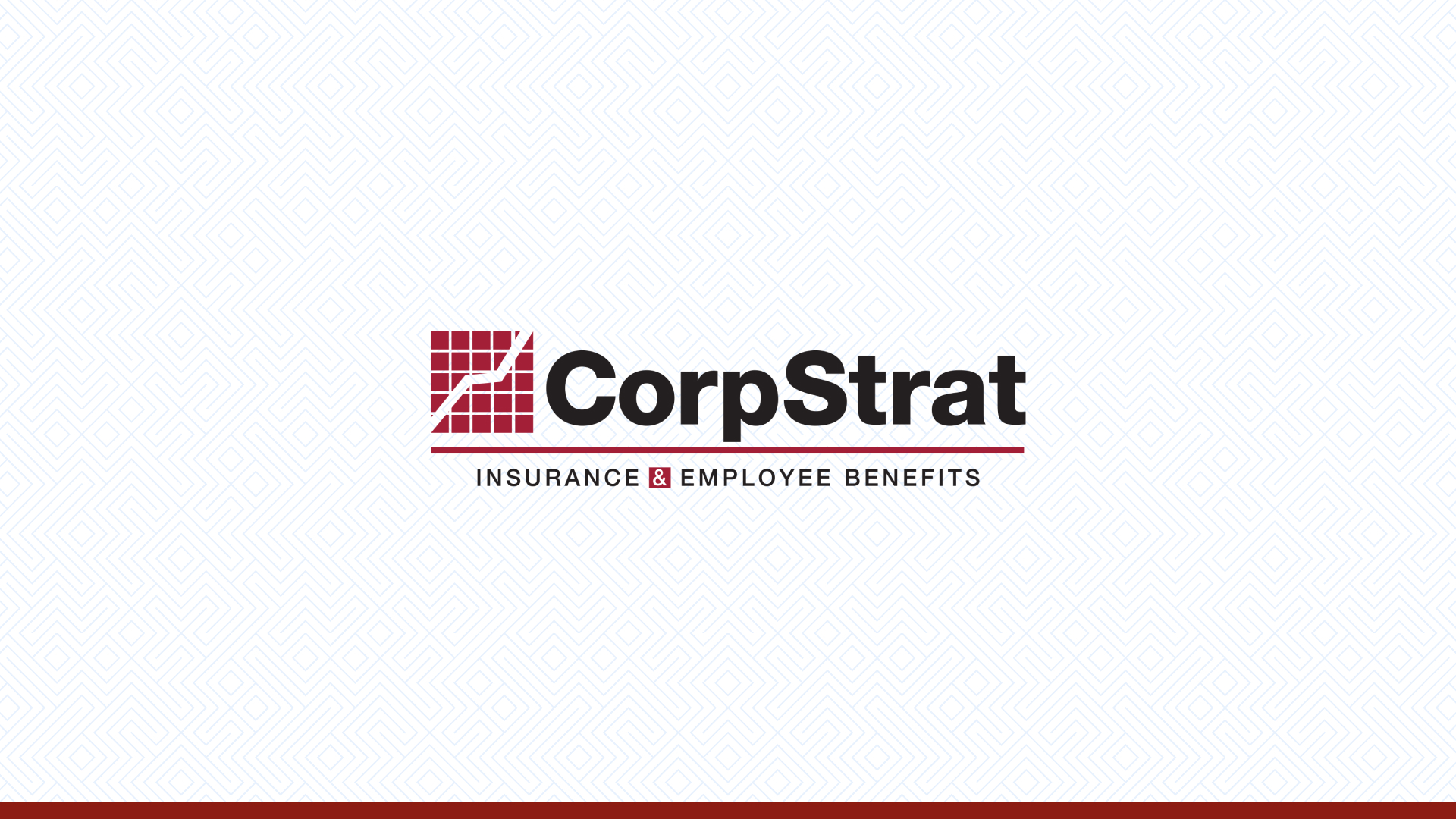Health care reform at-a-glance W-2 reporting requirements.
The Affordable Care Act (ACA or health care reform law) requires employers to report the cost of employer-sponsored health benefits. This is a new, separate entry on the W-2 form. Here’s
w
hat you need to know:
Who the provision applies to:
The W-2 reporting provision applies to grandfathered and non-grandfathered plans, both fully insured and self-funded groups.
The requirement applies to anyone who is still receiving benefits from the employer, including COBRA participants and retirees (even though retiree-only plans are exempt from the health care reform law).
What the provision requires:
Employers must report the cost of coverage under an employer-sponsored group health plan. Employers must start reporting for tax years on or after January 1, 2011 (meaning it would be reported on employees’ W-2 forms they receive in 2012).
However, there will be transition relief available for certain employers and types of coverage. (See this question for more information about transition relief.)
Costs to be included in the calculation:
The ACA didn’t specify the costs to be included in the W-2 calculation. Instead, it stated that the rules will be similar to those of Internal Revenue Code section 4980B(f) – the method for calculating applicable premiums for COBRA continuation coverage. Based on that description, IRS guidance states that the following types of coverage will be included in the W-2 calculation:
Medical plans, including limited benefit plans
Prescription drug plans
Dental and vision coverage provided as part of the medical plan
Hospital indemnity or specified illness (insured or self-funded) paid pre-tax or by employer
Health Flexible Spending Arrangement (FSA) for the plan year in excess of employee’s cafeteria plan salary reductions for all qualified benefits
Employee physicals
Domestic partner coverage
Employee assistant programs (required if employer charges a COBRA premium)
On-site health clinics (required if employer charges a COBRA premium)
Wellness programs(required if employer charges a COBRA premium)
Medicare supplement insurance
Due to transition relief, there are some optional coverage types that employers can choose or choose not to include in reporting the cost of health care benefits. (See this question for a list of those coverage types.)
Even though the W-2 calculation will be based on COBRA rules, employers should not assume that the W-2 amount will be the same as the COBRA amount for two reasons:
The W-2 reporting requirement extends to plans that don’t ordinarily count toward the COBRA premium
The COBRA calculation allows for an administrative fee and the W-2 calculation does not
Questions and answers:
Q: Does this mean employees will pay taxes on their health insurance?
A: No. There is nothing about the reporting requirement that causes or will cause excludable employer-provided health coverage
to become taxable. The purpose of the reporting requirement is to provide employees useful and comparable consumer
information on the cost of their health care coverage.
Q: Must an employer issue a W-2 form with the aggregate cost of applicable employer-sponsored coverage to an
individual to whom the employer is not otherwise required to issue a W-2 form, such as a retiree or other former
employee receiving no compensation required to be reported on a W-2 form?
A: No. The IRS Notice 2012-9 stated that an employer is not required to issue a W-2 form reporting the aggregate reportable
cost to an individual to whom the employer is not otherwise required to issue a W-2 form.
Q: Where will this information appear on the W-2 form?
A: The IRS has determined that the value of health care coverage will appear in Box 12 with Code DD to identify the amount.
You can view the draft form on the IRS website.
Q: Are there any types of coverage I don’t have to include?
A: According to IRS guidance, employers do not need to include these amounts in the W-2 calculation:
Accident insurance
Automobile medical payment insurance
Disability insurance
Credit-only insurance
Employee contributions to health care flexible spending accounts and health savings accounts (reported elsewhere on
W-2)
Health Flexible Spending Arrangement (FSA) funded solely by salary-reduction amounts
Health Saving Arrangement (HSA) contributions by employer or employee
Archer Medical Savings Account contributions by employer or employee
Long-term care insurance
Plans paid for with after-tax dollars
Stand-alone dental and vision coverage
Workers’ compensation insurance
Q: Do I need to adjust the calculation if an employee is
only covered for part of the month?
A: The provision doesn’t indicate how to calculate for partial-month coverage. We expect further clarification is forthcoming.
Q: What transition relief is being provided?
A: For certain employers and types of coverage listed below, the requirement to report the cost of coverage will not apply for the
2012 W-2 forms (the forms required for the calendar year 2012 that employers generally are required to provide employees in
January 2013) and will not apply for future calendar years until the IRS publishes guidance giving at least six months of advance
notice of any change to the transition relief. However, reporting by certain employers and types of coverage may be made on a
voluntary basis.
Q: Which employers and types of coverage does it apply to and how long does it last?
A: The transition relief applies to the following:
(1) employers filing fewer than 250 W-2 forms for the previous calendar year (for example, employers filing fewer than 250 2011
W-2 forms (meaning Forms W-2 for the calendar year 2011, which generally are filed with the SSA in early 2012) will not be
required to report the cost of coverage on the 2012 W-2 forms (which generally are filed with the SSA in early 2013). For
purposes of this relief, the number of W-2 forms the employer files includes any forms it files itself and any filed on its behalf by
an agent under § 3504 (see Q&A-3 of Notice 2012-9 for more information). In addition, for purposes of this relief, the employer is
determined without the application of any aggregation rules;
(2) multi-employer plans;
(3) Health Reimbursement Arrangement (HRA) contributions;
(4) dental and vision plans that either
are not integrated into another group health plan or
give participants the choice of declining the coverage or electing it and paying an additional premium (see Q&A-20 of Notice 2012-9 for more information);
(5) self-insured plans of employers not subject to COBRA continuation coverage or similar requirements;
(6) employee assistance programs, on-site medical clinics, or wellness programs for which the employer does not charge a premium under COBRA continuation coverage or similar requirements; and
(7) employers furnishing W-2 forms to employees who terminate before the end of a calendar year and request a Form W-2 before the end of that year.



